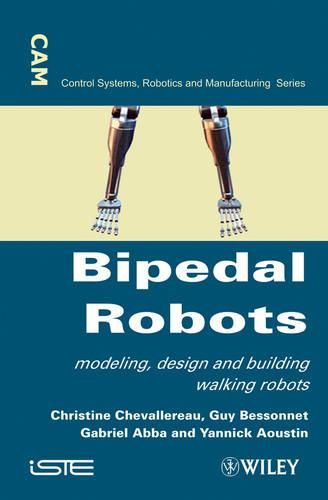Readings Newsletter
Become a Readings Member to make your shopping experience even easier.
Sign in or sign up for free!
You’re not far away from qualifying for FREE standard shipping within Australia
You’ve qualified for FREE standard shipping within Australia
The cart is loading…






This book presents various techniques to carry out the gait modeling, the gait patterns synthesis, and the control of biped robots. Some general information on the human walking, a presentation of the current experimental biped robots, and the application of walking bipeds are given. The modeling is based on the decomposition on a walking step into different sub-phases depending on the way each foot stands into contact on the ground. The robot design is dealt with according to the mass repartition and the choice of the actuators. Different ways to generate walking patterns are considered, such as passive walking and gait synthesis performed using optimization technique. Control based on the robot modeling, neural network methods, or intuitive approaches are presented. The unilaterality of contact is dealt with using on-line adaptation of the desired motion.
$9.00 standard shipping within Australia
FREE standard shipping within Australia for orders over $100.00
Express & International shipping calculated at checkout
This book presents various techniques to carry out the gait modeling, the gait patterns synthesis, and the control of biped robots. Some general information on the human walking, a presentation of the current experimental biped robots, and the application of walking bipeds are given. The modeling is based on the decomposition on a walking step into different sub-phases depending on the way each foot stands into contact on the ground. The robot design is dealt with according to the mass repartition and the choice of the actuators. Different ways to generate walking patterns are considered, such as passive walking and gait synthesis performed using optimization technique. Control based on the robot modeling, neural network methods, or intuitive approaches are presented. The unilaterality of contact is dealt with using on-line adaptation of the desired motion.